Retinol Cream in Your 30s: A Guide
Introduction
Embracing Your 30s with the Power of Retinol
As we step into our 30s, it becomes crucial to pay more attention to our skincare routine. This is the decade where signs of aging, such as fine lines and wrinkles, begin to appear. It's time to consider incorporating retinol, a powerhouse ingredient, into our skincare regime. Retinol, a derivative of vitamin A, is renowned for its anti-aging and skin rejuvenation properties. In this guide, we'll delve into why retinol cream is a must-have in your 30s, how to use it effectively, and what to expect from this potent ingredient.
Understanding Retinol

The Science Behind Retinol's Efficacy
Retinol works by accelerating skin renewal, enhancing collagen production, and reducing the appearance of aging signs. It's not just an anti-aging miracle; it also combats acne, refines skin texture, and evens out skin tone. However, it's essential to understand that retinol can be potent, and its usage requires a certain level of care and understanding.
Starting with Retinol in Your 30s

Integrating Retinol into Your Skincare Routine
1. Choosing the Right Product
In your 30s, start with a lower concentration of retinol, such as 0.25% or 0.5%. This helps your skin acclimate to the ingredient without causing irritation.
2. Gradual Introduction
Begin by applying retinol cream once or twice a week, gradually increasing the frequency as your skin adjusts. This slow introduction reduces the risk of irritation.
3. Layering Correctly
Apply retinol cream after cleansing and toning but before heavier products like moisturizers. This ensures better absorption and efficacy.
Combining Retinol with Other Skincare Ingredients
Synergizing Retinol with Your Skincare Arsenal
While retinol is a star ingredient, it's important to know what it pairs well with. Hyaluronic acid, ceramides, and niacinamide are excellent companions, offering hydration and soothing benefits. However, avoid using retinol with vitamin C, benzoyl peroxide, or AHAs/BHAs on the same night to prevent skin irritation.
Managing Retinol Side Effects

Navigating Through the Adjustment Period
It's common to experience some initial side effects, such as dryness, redness, and peeling. Don't be alarmed; these are signs your skin is adjusting. To manage these, use a gentle, hydrating moisturizer and always apply sunscreen during the day, as retinol can increase sun sensitivity.
Retinol Myths Debunked
Separating Fact from Fiction
Myth: Retinol Thins the Skin
Contrary to this common belief, retinol actually thickens the skin by boosting collagen production, enhancing both the dermis and epidermis layers.
Myth: You Can't Use Retinol if You Have Sensitive Skin
While retinol can be potent, sensitive skin types can still use it. Opt for retinol derivatives like retinyl palmitate, which are gentler yet effective.
The Long-Term Benefits of Retinol
Investing in Your Skin's Future
Incorporating retinol in your 30s sets the foundation for healthier, more resilient skin in the coming decades. With consistent use, you'll notice a significant reduction in fine lines, improved skin texture, and a more even complexion.
Conclusion
Your Journey with Retinol Starts Now
Embracing retinol in your 30s is a proactive step towards maintaining youthful, radiant skin. By understanding its benefits, correctly integrating it into your routine, and managing its initial side effects, you're paving the way for a lifetime of beautiful skin. Remember, patience and consistency are key. Your skin will thank you for this nourishing addition to your skincare regimen.


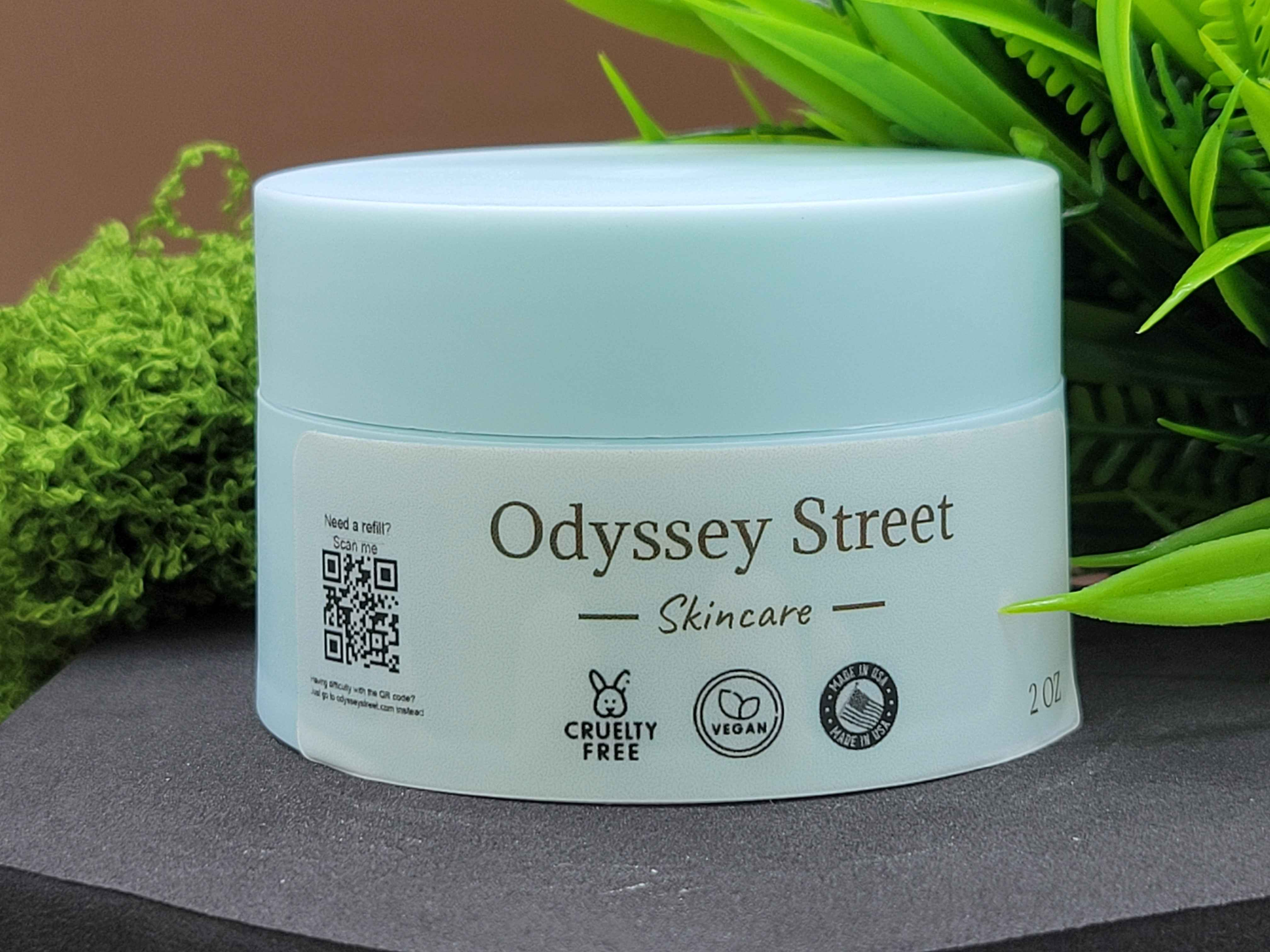
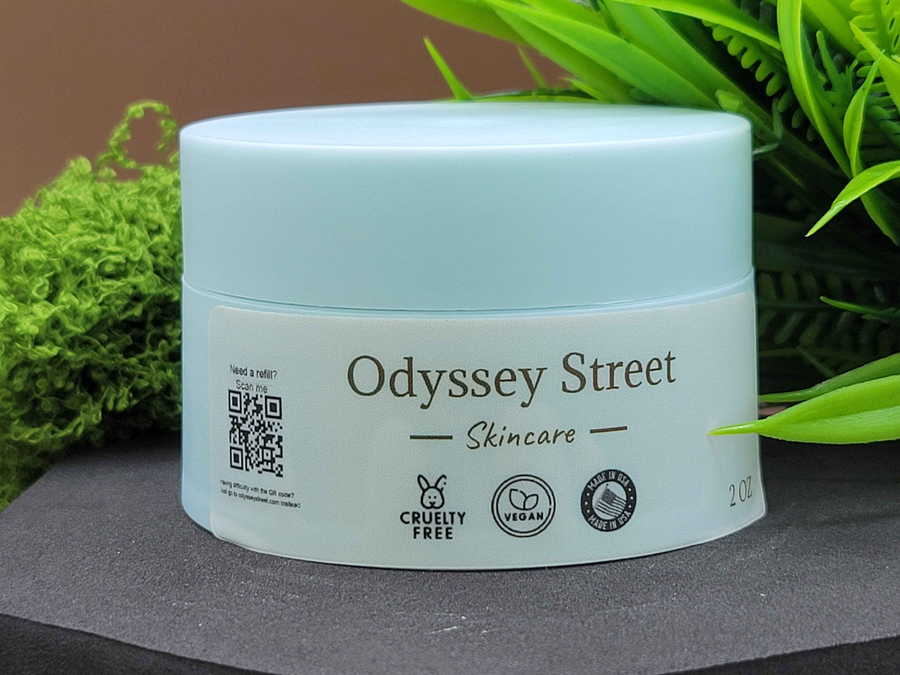
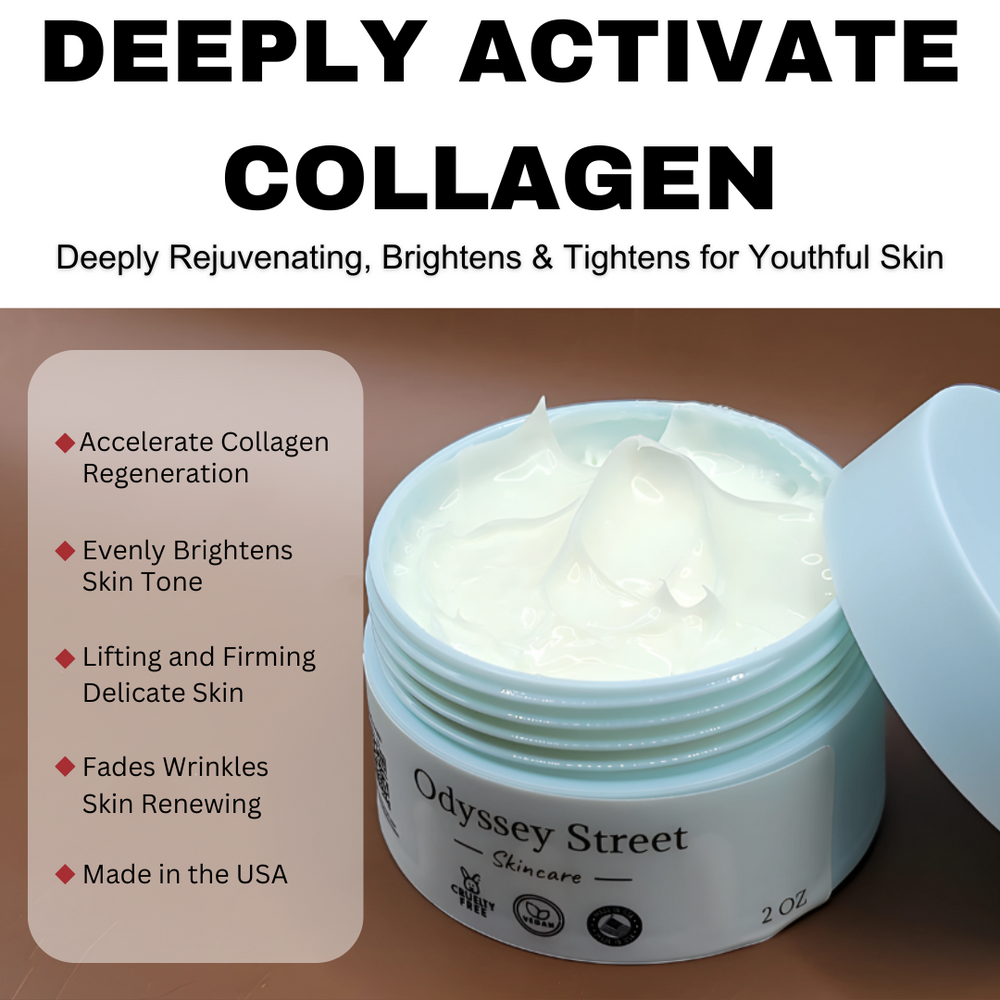
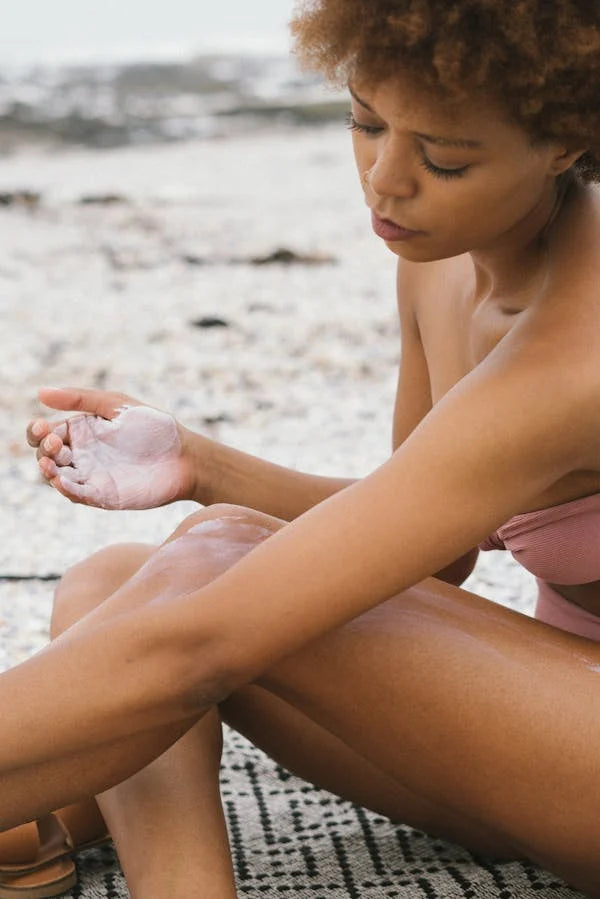

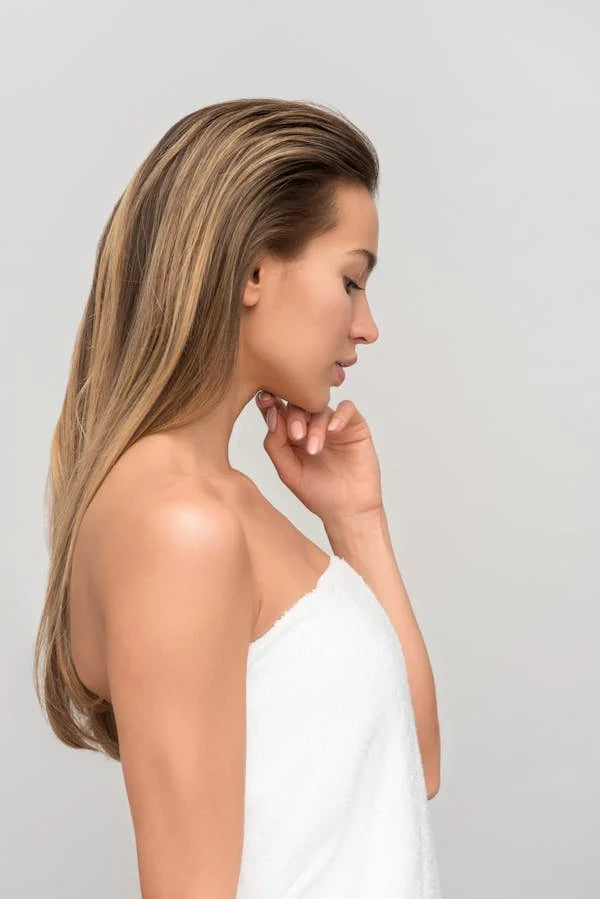
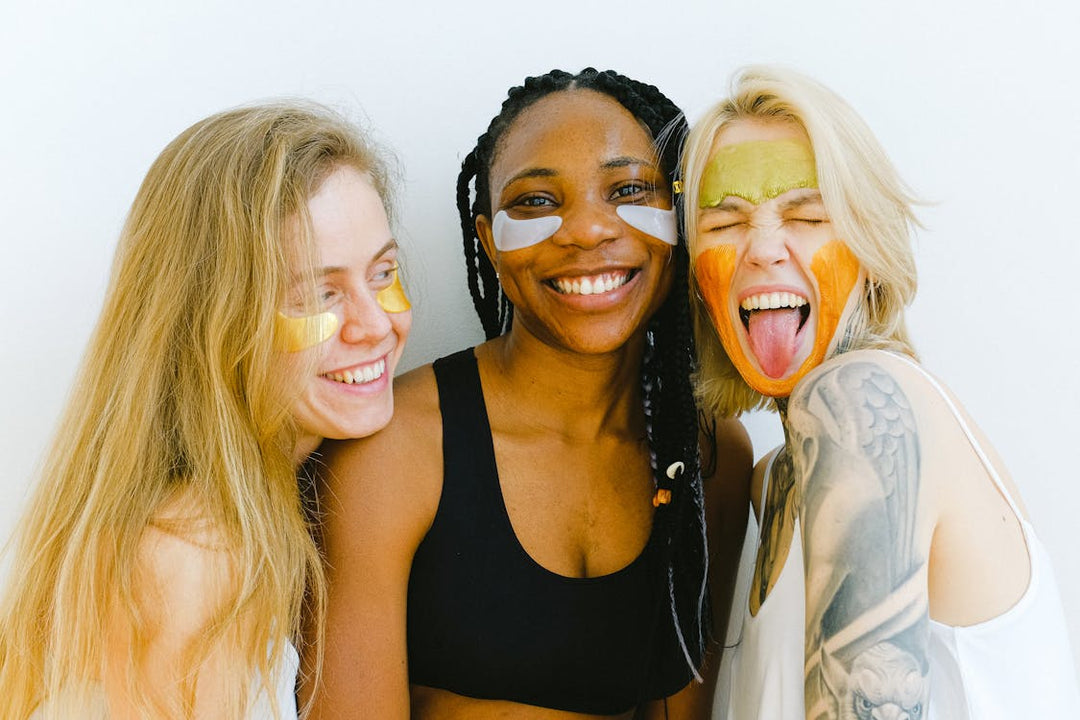
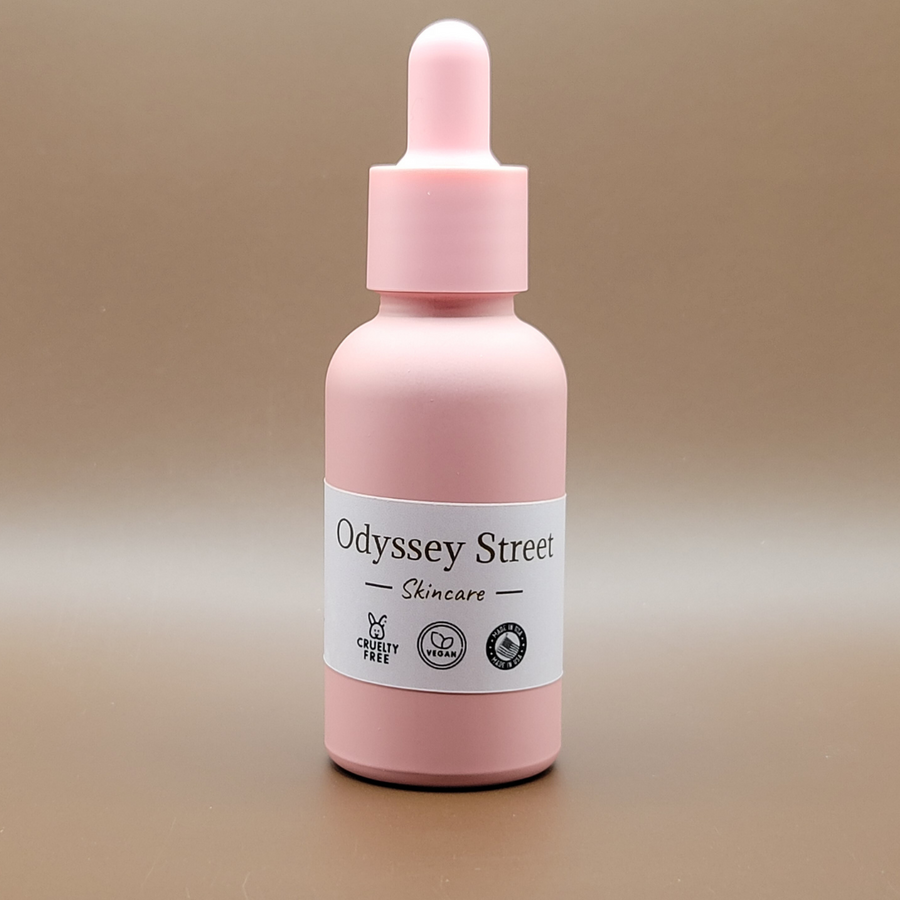
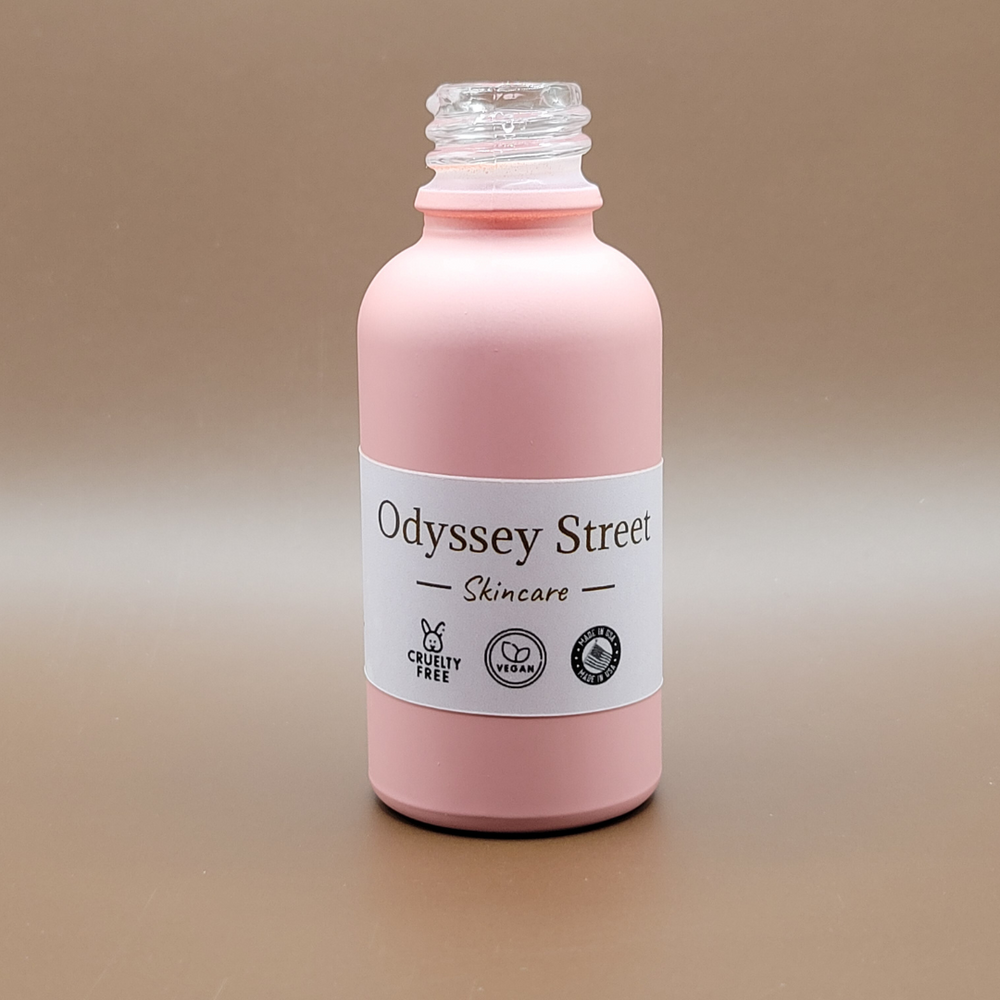
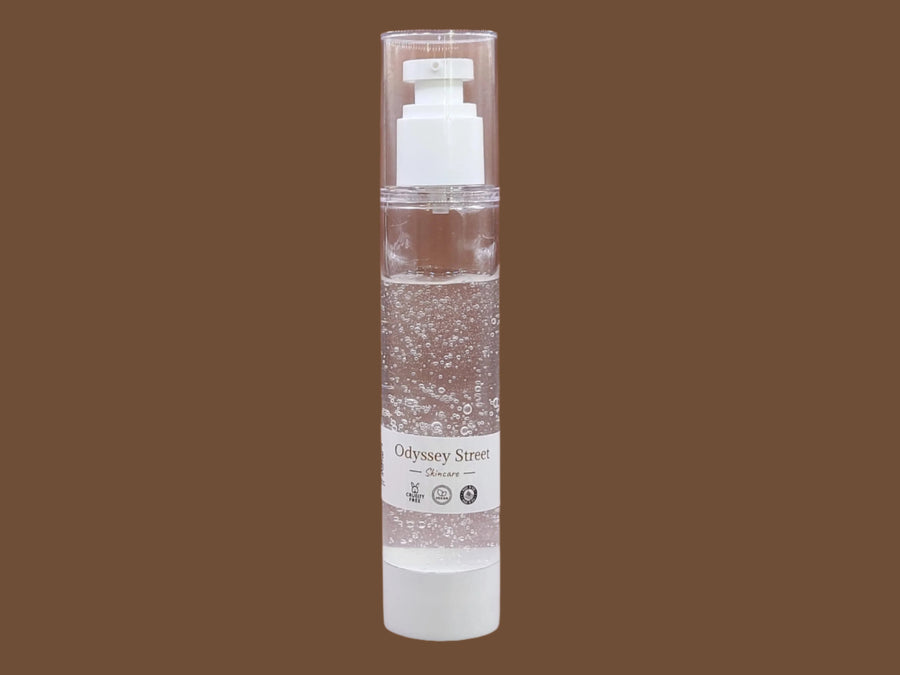
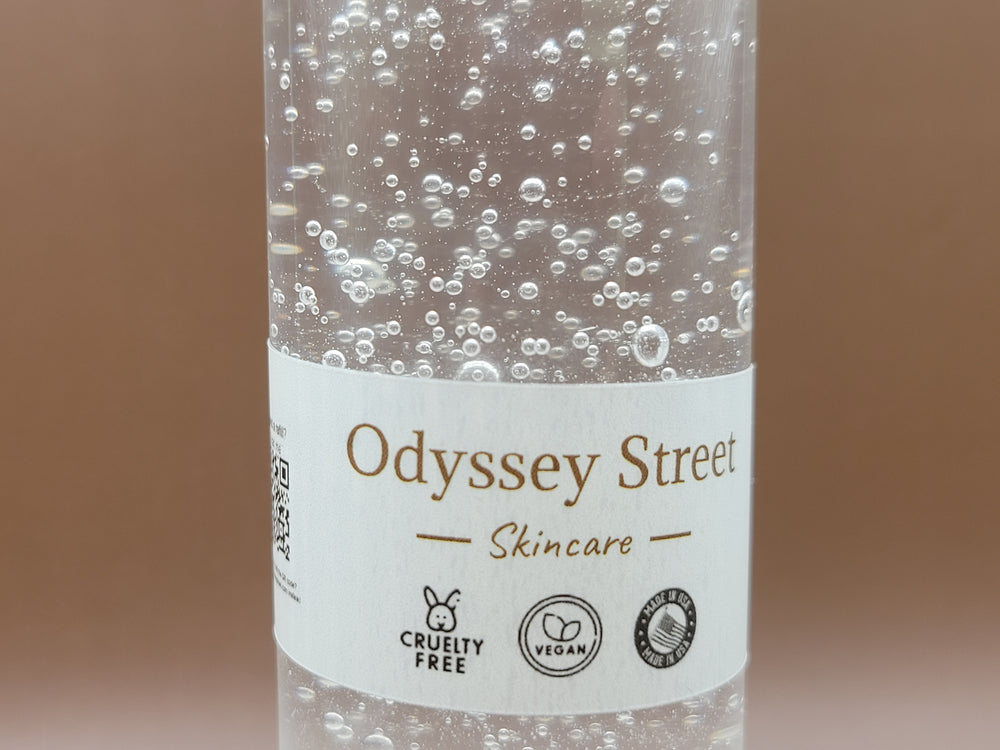
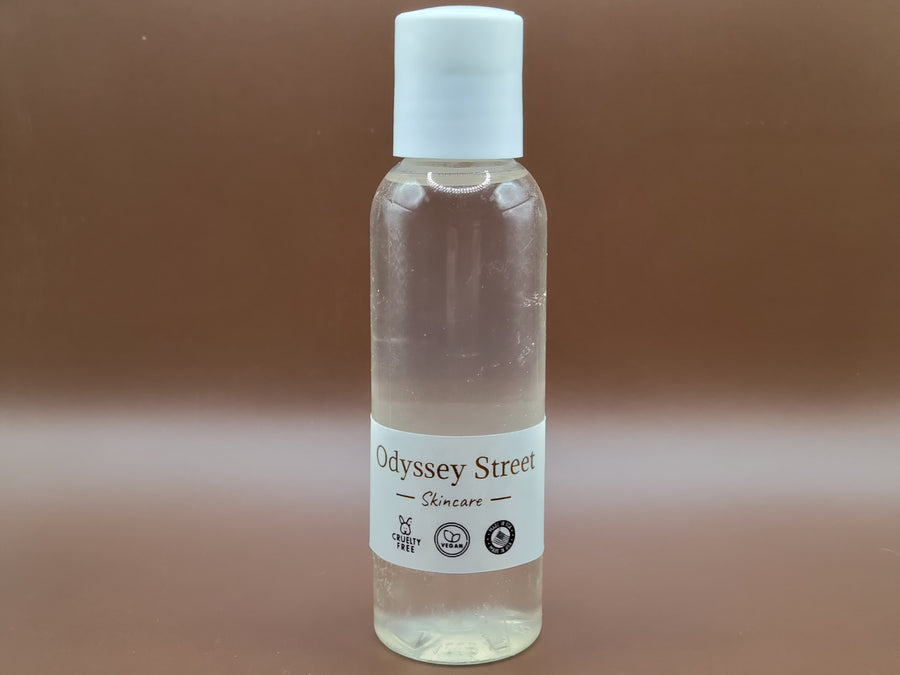
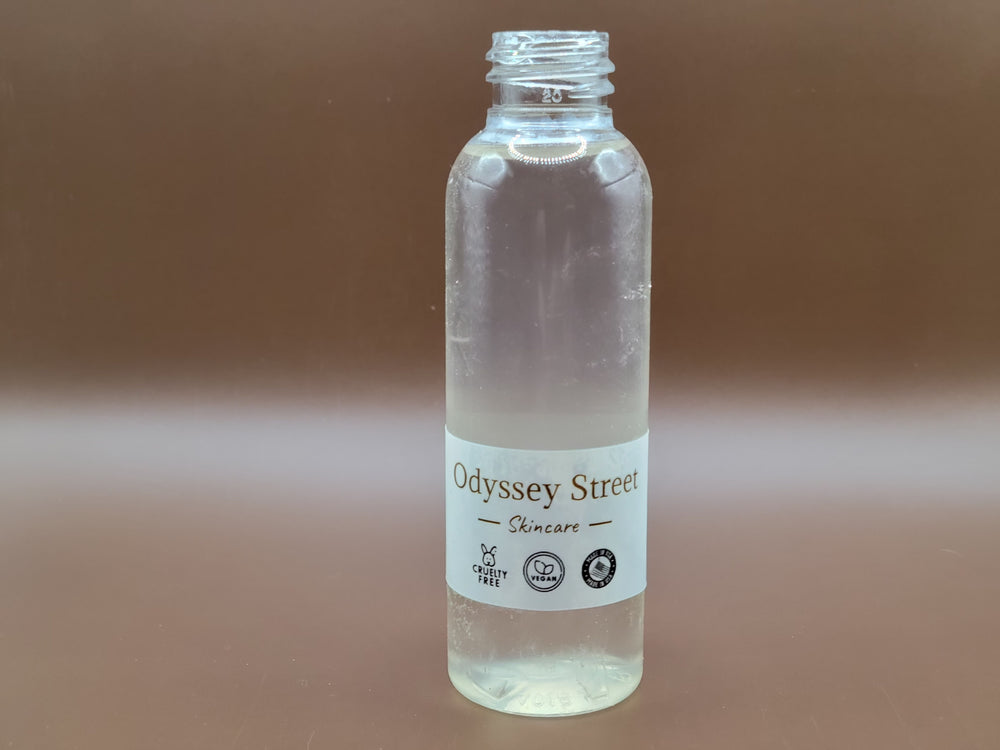
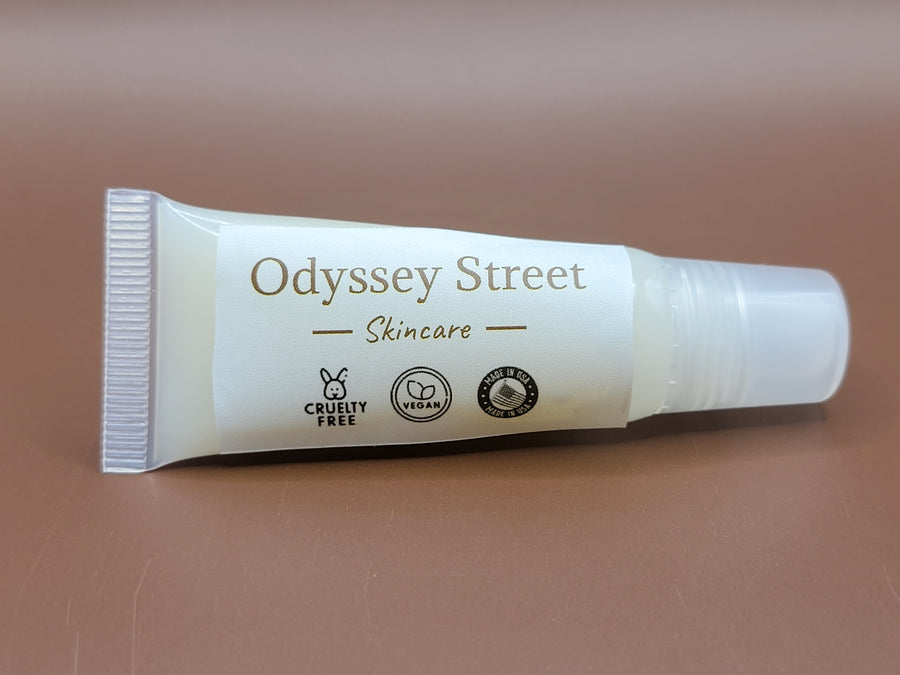
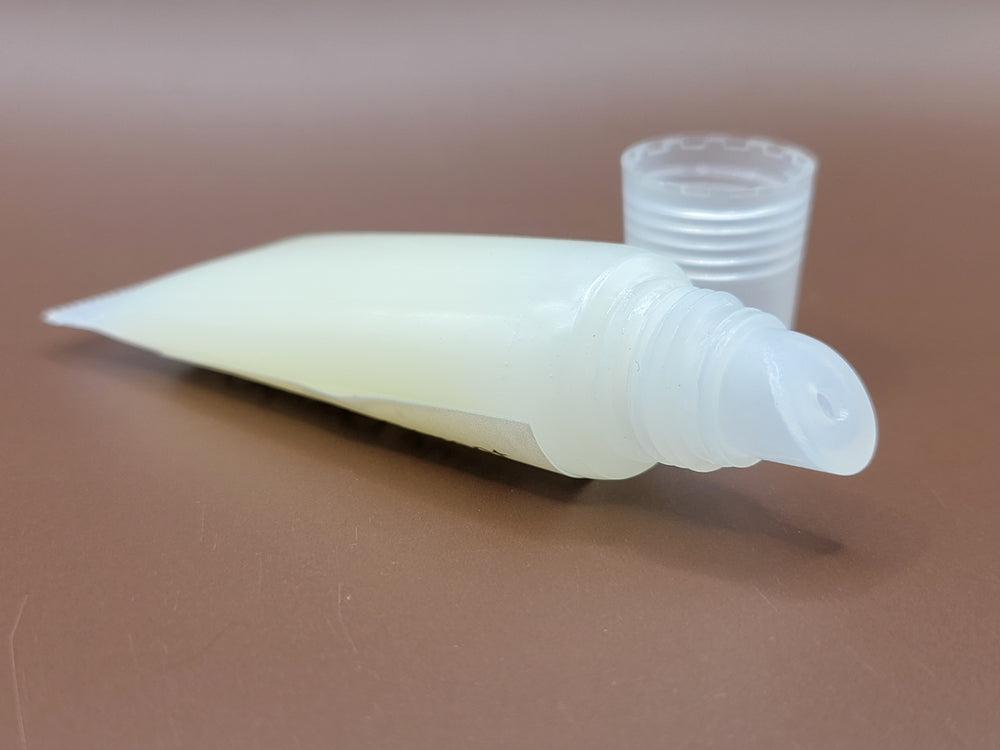
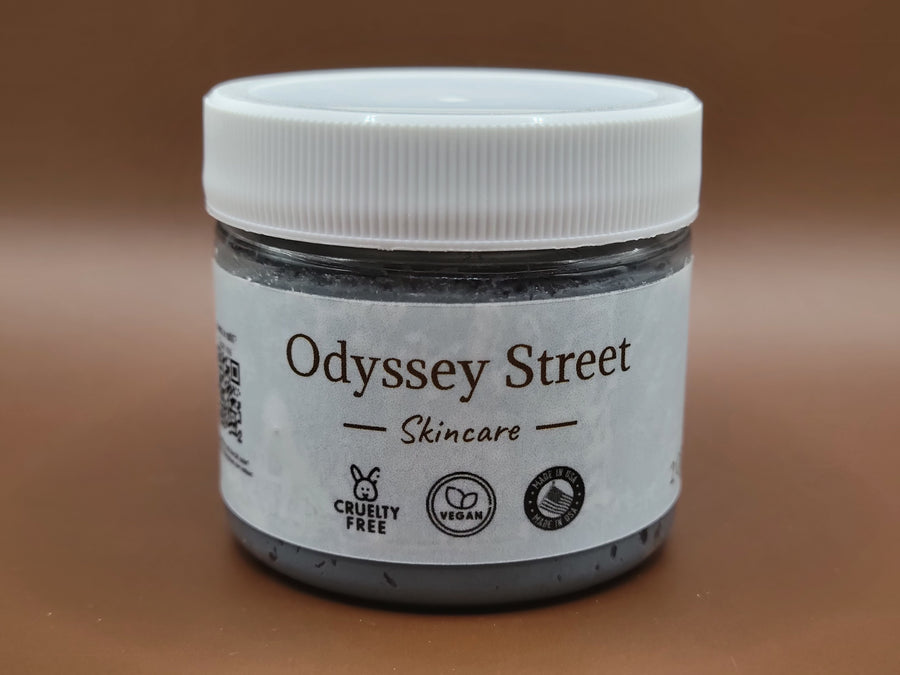
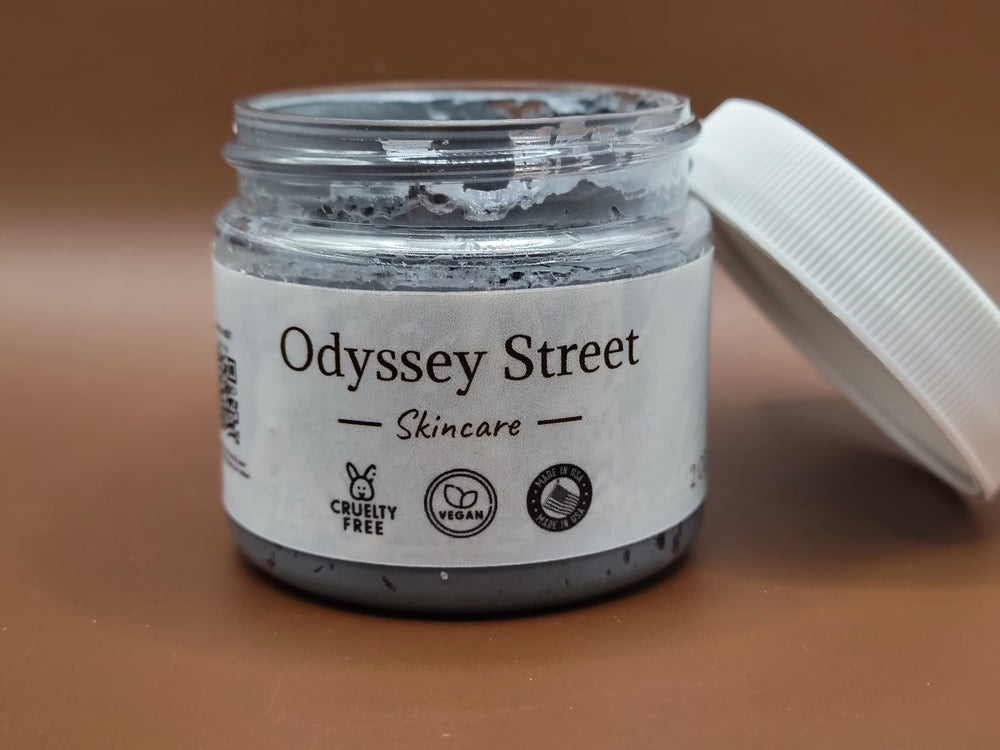
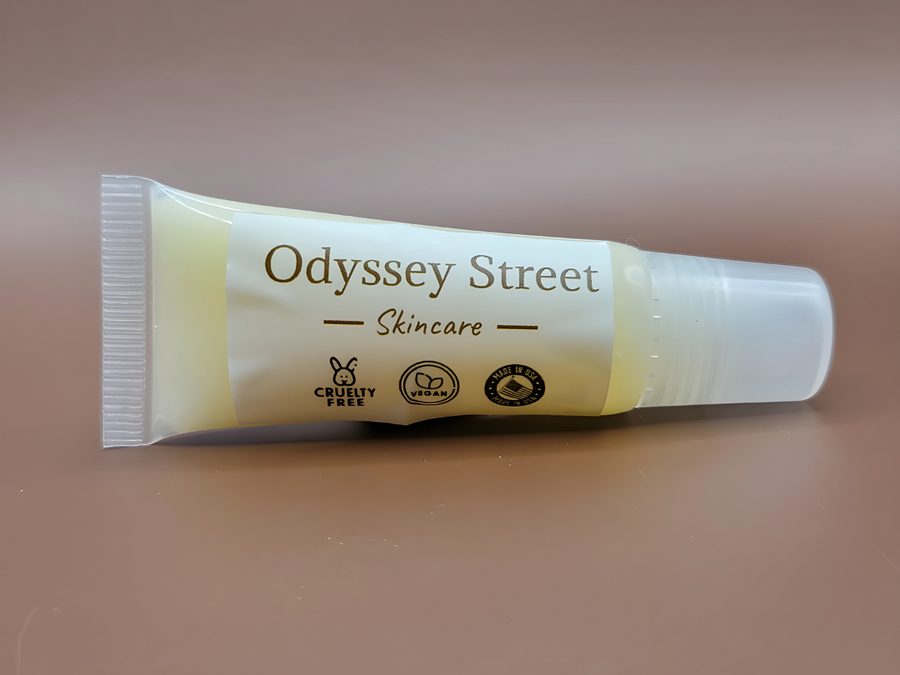
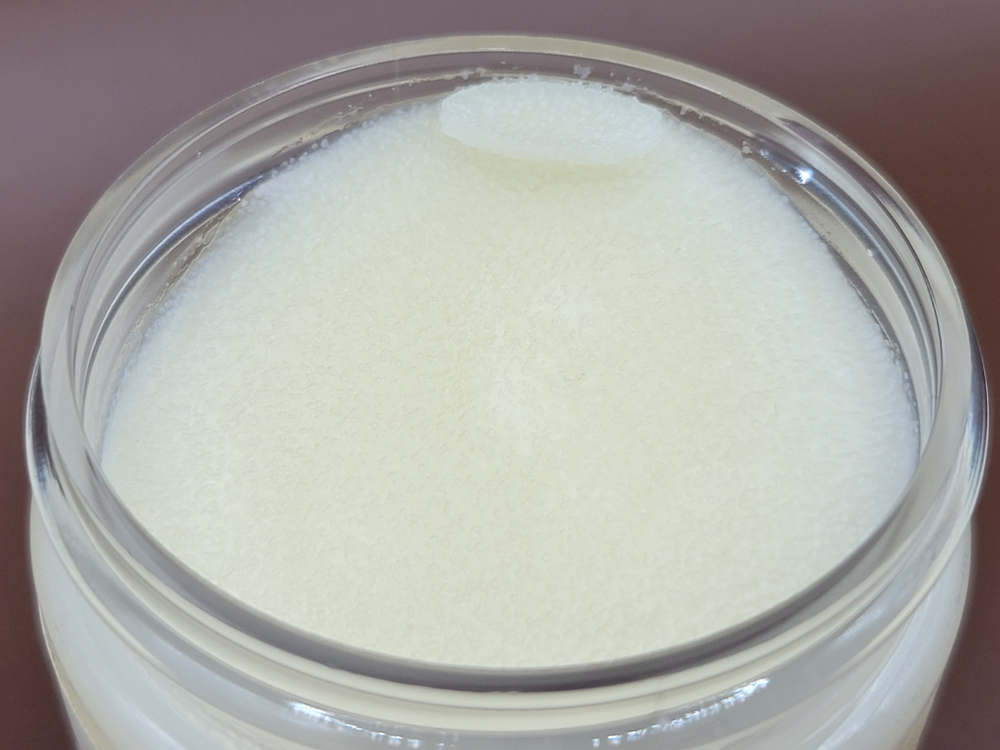
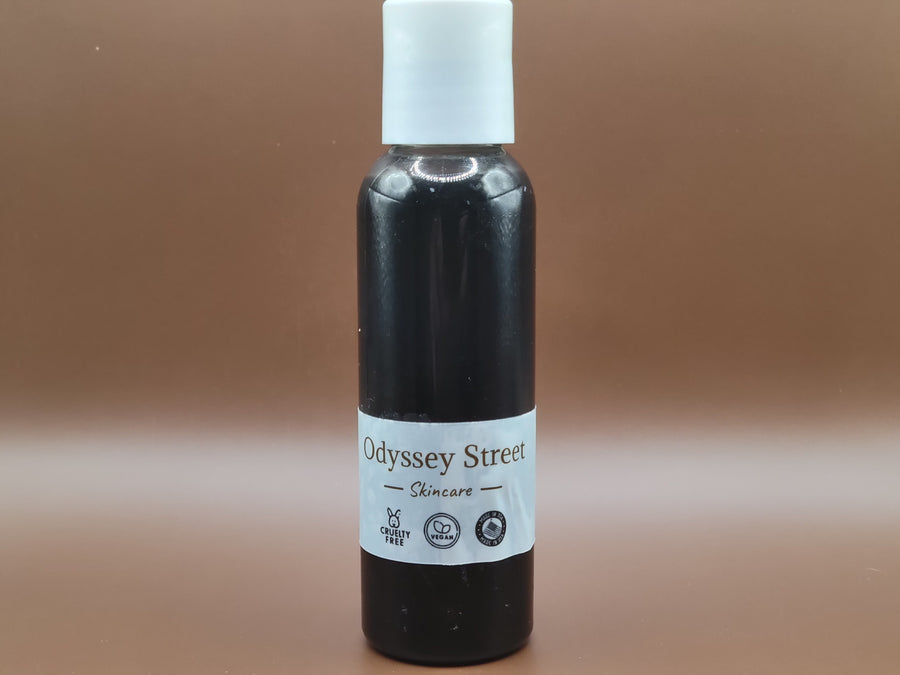
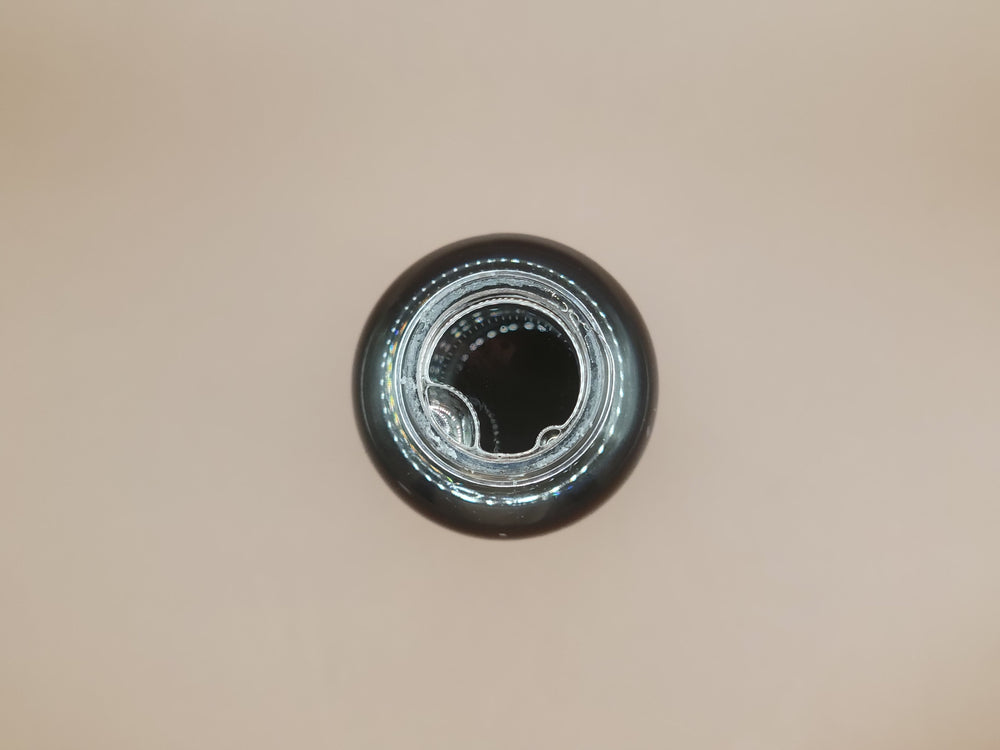
Leave a comment